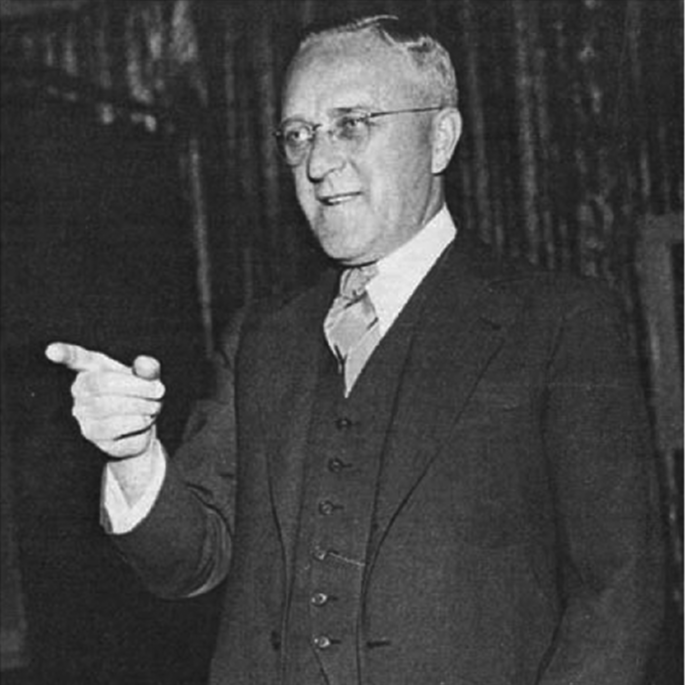A description of the eye
Apr 13, 2023

I was the Director of General Electric's Lighting Research Laboratory at its Nela Park National Lamps Works.
I was the Director of General Electric's Lighting Research Laboratory at its Nela Park National Lamps Works.
Apr 13, 2023
Apr 13, 2023